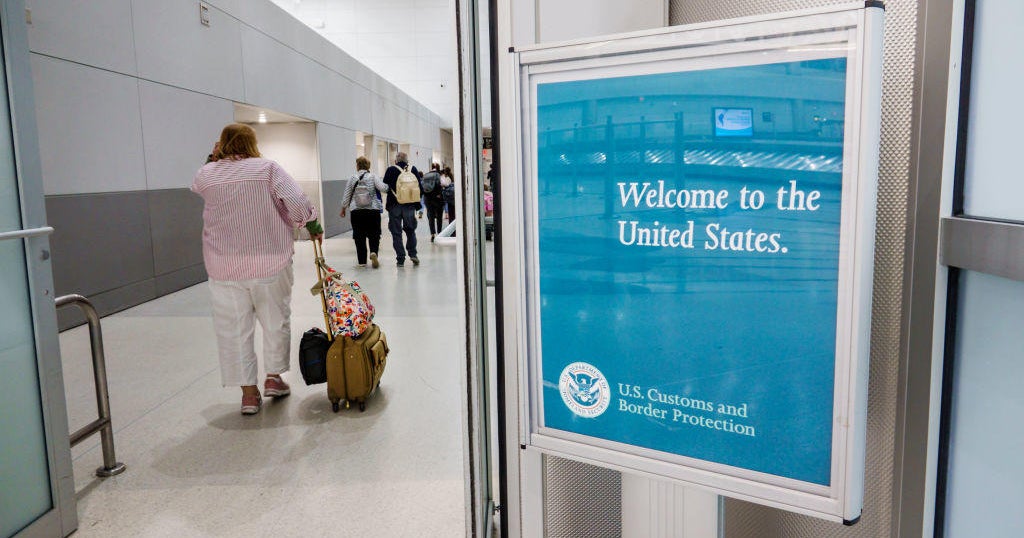Suicide attempts among black children and teens increasing at alarming rates, study finds
Suicide attempts among black children and teens are increasing at alarming rates. And while suicide is the second leading cause of death for teens across the United States, suicide attempts over the past two decades decreased for teens in all ethnic groups except for African Americans. These disturbing findings come from the study, "Trends of Suicidal Behaviors Among High School Students in the United States: 1991-2017," published Monday in the journal Pediatrics.
Self-reported suicide attempts for black adolescents rose by 73% between 1991 to 2017. In comparison, self-reported suicide attempts for white adolescents fell by 7.5% over the same period. The findings are based on data from nearly 200,000 high school students from the nationally representative Youth Risk Behavior Survey.
"Kids are telling us something," said Michael A. Lindsey, PhD, lead researcher on the study and executive director of the McSilver Institute for Poverty Policy and Research at New York University. "Particularly black kids are saying that they're engaging in higher rates of attempts and I think that is something that every citizen in America should be concerned about."
The growing rates of suicide among black youth reflects a tragic reality that many parents, like Kathy Williams, are forced to cope with.
On what seemed to be an ordinary summer day in Durham, North Carolina, Williams and her husband came home to the house they shared with her teenage son and instantly knew something was amiss. The clothes Williams asked her son, Torian Graves, to fold earlier that day were still unfolded and the house was eerily quiet. Minutes later, they found his body in front of the stairs.
At just 15 years old, Torian had taken his own life using his stepfather's police gun.
His mother struggled to make sense of it. The teen was an honor roll student who played saxophone, basketball and sang in the church choir.
"I did not know that Torian was probably depressed or even thinking about taking his life," she said. "None of us knew it. None of his friends. He just had all of these wonderful things going on in his life."
Not only are black youth increasingly likely to attempt suicide, but those attempts are also more likely to be fatal. Previous studies have found increases in black youth dying by suicide, even among children as young as ages 5 to 11.
Lindsey says the study released Monday, which focuses on suicide attempts, has brought researchers closer to identifying risk factors for black youth.
"The reason you see the rates of ideations and plans going down but attempts going up, could be that attempts tend to be more of an impulsive act, rather than a planned one," he said.
"I think that this is a very novel study in that we are finding out this is a trend among black teens and this study begins to set us up for further investigation into why that is the case."
Sean Joe, PhD, another researcher on the study, said the rise in suicides among black youth can most likely be attributed to a greater internalization of racial and structural issues, along with a decline in coping mechanisms and the lack of psychiatric investment.
He said the idea of the "American Dream" teaches children that they are only limited by their own capabilities. But he says for young black children, that has never been the case.
"It has never been about their own capabilities, there is a broader context that limits them to be all that they can be and live their best possible lives," said Joe, who is a professor of social development at Washington University in St. Louis. "So these kind of racial based structural issues, as well as the psychiatric issues that they might be experiencing, and the lack of science and investment — until we have equity in our science — those are a confluence of factors."
The study also points to the possible role of "adverse childhood experiences" such as abuse and neglect, as well as poverty, which disproportionately affect black youth.
Lindsey hypothesizes increased exposure to racism, such as police shootings and daily microaggressions amplified through social media, could also be contributing to the problem.
Social media, in particular, can be troubling for black girls, who are attempting suicide at an even more accelerated rate than black boys.
"Research shows that girls exhibit more interpersonal stress from social media usage and cyberbullying," Lindsey said, which correlates with heightened feelings of depression and hopelessness in girls in recent years. He cited research showing that in 2007, nearly 36% of girls reported those feelings, which increased to over 41% by 2017. There was no such increase for boys.
"Intersectionality, experiences with intersexual stigma and discrimination, affects black female youth," Lindsey said. He also explained that black girls experience a "double jeopardy" in teen dating violence, which is also on the rise.
"Black female teens experience both race and gender discrimination, more so than males, in the context of teen dating violence," he said.
While the rate of attempted suicide for black girls is increasing at a faster pace than it is for black boys, black boys are more likely to use a lethal means when attempting suicide, like Kathy Williams's son did. This makes it particularly important to identify symptoms of depression and risk factors for suicide before there is even an attempt.
"Black youth tend to express their depression symptoms through physical complaints, through interpersonal challenges, often coming across as irritability or anger," Lindsey said.
Williams said she witnessed her own son exhibit some of these behaviors, like not eating, not sleeping and being irritable. But at the time, she just thought of it as typical teenage behavior.
Both Lindsey and Joe say that in addition to more research on suicide prevention and risk factors for black youth, there needs to be greater access to mental health care in black communities, especially in schools. Lindsey emphasizes that schools specifically need counselors equipped to address the interpersonal challenges black youth face.
"I think that it's important to understand those nuances, specific to how they relate to depression, which is a precursor to suicide behavior engagement," Lindsey said.
If you or someone you know is in emotional distress or suicidal crisis, call the National Suicide Prevention Hotline at 1-800-273-TALK (8255).
For more information about mental health care resources and support, The National Alliance on Mental Illness (NAMI) HelpLine can be reached Monday through Friday, 10 a.m.–6 p.m. ET, at 1-800-950-NAMI (6264) or email info@nami.org.





